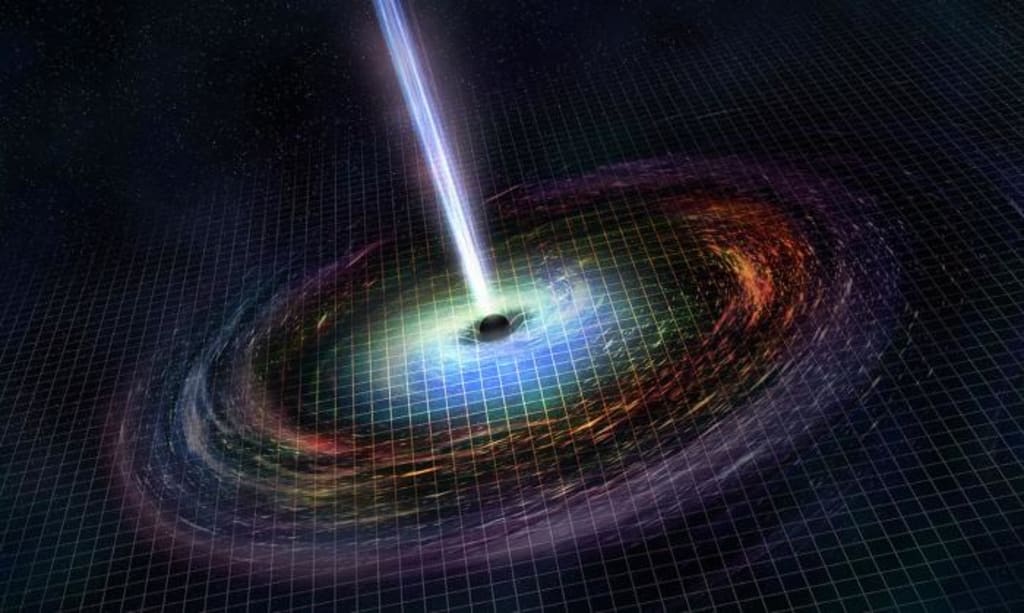Hubble telescope captures fast radio bursts from space; are they wireless signals from aliens?
Fast radio bursts observed by Hubble, supernova outbursts largely ruled out

The Hubble Space Telescope has recently tracked five signals of fast radio bursts originating from very distant galaxies. There is no clear explanation for the origin of the fast radio bursts, which could be supernova explosions, magnetar signals, or possibly radio signals from advanced alien life.
Fast radio bursts seem to be a special phenomenon in the universe that is relatively difficult to track and observe. Because of their strong energy and short duration, bright signals disappear in a short time, so far scientists have only discovered about 1000 fast radio bursts, the vast majority of which are of unknown origin.
Fast radio bursts observed by Hubble, largely ruling out the possibility of supernova explosions: the
In 2019 and 2020, the Hubble Telescope also observed fast radio bursts, which were characterised as magnetar signals at the time because the locations of the fast radio bursts found at that time were closer to where scientists expected magnetars to be.
Magnetars are a type of neutron star, but are highly magnetised as a whole and are capable of emitting a constant stream of high-energy electromagnetic radiation, which produces fast radio bursts.
The discovery of this fast radio burst, however, does not show signs of magnetars around it, and there are no large numbers of stars in the region, so scientists say it is likely that this fast radio burst is not related to a stellar outburst, although current observations show no magnetars nearby, but further confirmation is still needed.
Scientists will use a variety of observations to look at the area where the fast radio bursts are occurring in order to confirm whether there are magnetars or older stars in the area.
Fast radio bursts - could they be a message from alien life?
Scientists have observed the closest fast radio bursts to Earth at 500 million light-years away. The vast majority of fast radio bursts occur individually, and some occur in cycles, with some regular and some not found.
For regular fast radio bursts, it is likely that the electromagnetic radiation from the magnetar is periodically blocked by the surrounding objects, but the causes of irregular fast radio bursts, and those that occur only once, remain a mystery.
Scientists have tried to pick up these signals and broadcast them, but after hundreds of millions of light years of travel, the radio signals have long since lost their original appearance and only emit a variety of noises of unknown significance.
While some fast radio bursts have been defined as magnetar signals or supernova bursts, the vast majority of them are so mysterious that it has led many scientists to wonder if such powerful radio signals might be the way to communicate in the universe.
At present, human communication is mainly by radio signals as well as optical signals. Optical signals are easily blocked and scattered in the universe, and the transmission distance is very limited, so radio signals are still the first choice if you want to transmit over long distances.
Fast radio bursts, due to their enormous energy, can indeed transmit over long distances, but they are also susceptible to interference from magnetic fields and charged particles in the universe during transmission, which gradually distorts them.
More importantly, fast radio bursts travel at the speed of light, so if they were to transmit information across hundreds of millions of light years, most life would not be able to receive it in time, making them likely to be the "last signal" of life in space.
If we were to reach a very advanced civilization, we might be able to create a fast radio burst signal, but then we might face a catastrophe such as the death of a star, an asteroid impact, or self-destruction, and at the last moment, life might send a signal into space, passing on its history and messages to other life, thus creating a fast radio burst.
About the Creator
Vicky
The world is so wonderful, let's get to know the world together!
Enjoyed the story? Support the Creator.
Subscribe for free to receive all their stories in your feed. You could also pledge your support or give them a one-off tip, letting them know you appreciate their work.






Comments
There are no comments for this story
Be the first to respond and start the conversation.